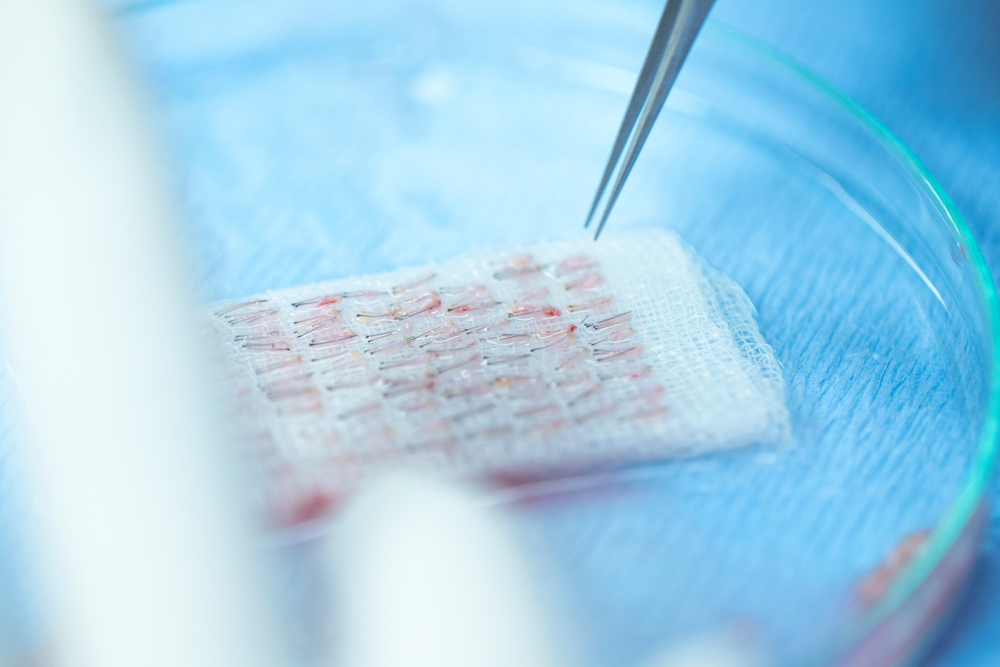Whether one hair transplant is enough depends on several factors, including your goals, the extent of hair loss, the quality and quantity of donor hair available, and the skill of the surgeon performing the transplant.
Here are some key considerations…
- Severity of Hair Loss – If you have only mild to moderate hair loss and are looking to fill in thinning areas or improve hair density, one hair transplant procedure may be sufficient.
- Donor Hair Availability – The availability and quality of donor hair from the back or sides of the scalp play a crucial role. If there is a limited supply of donor hair, additional transplants may not be possible or may be less effective.
- Desired Hair Density – If you have a specific goal for achieving a higher hair density that may require more than one transplant session to achieve the desired results.
- Future Hair Loss – Hair loss can be progressive, and if an individual is at risk of further hair loss, they may require additional procedures to maintain a consistent appearance over time.
- Surgical Technique – The surgical technique used, such as Follicular Unit Transplantation (FUT) or Follicular Unit Extraction (FUE), can also impact the number of grafts that can be transplanted in a single session and the overall effectiveness of the procedure.
- Budget and Time – Multiple hair transplant procedures can be costly and time-consuming. Some individuals may prefer to undergo a single larger session, while others may opt for multiple smaller sessions over time.
Consult with a qualified and experienced hair transplant surgeon who can assess your specific situation and provide recommendations tailored to your needs and goals. They can discuss the number of grafts required, the surgical approach, and the potential need for future procedures to achieve the desired outcome. Keep in mind that results can vary from person to person, and realistic expectations should be set during the consultation process.





